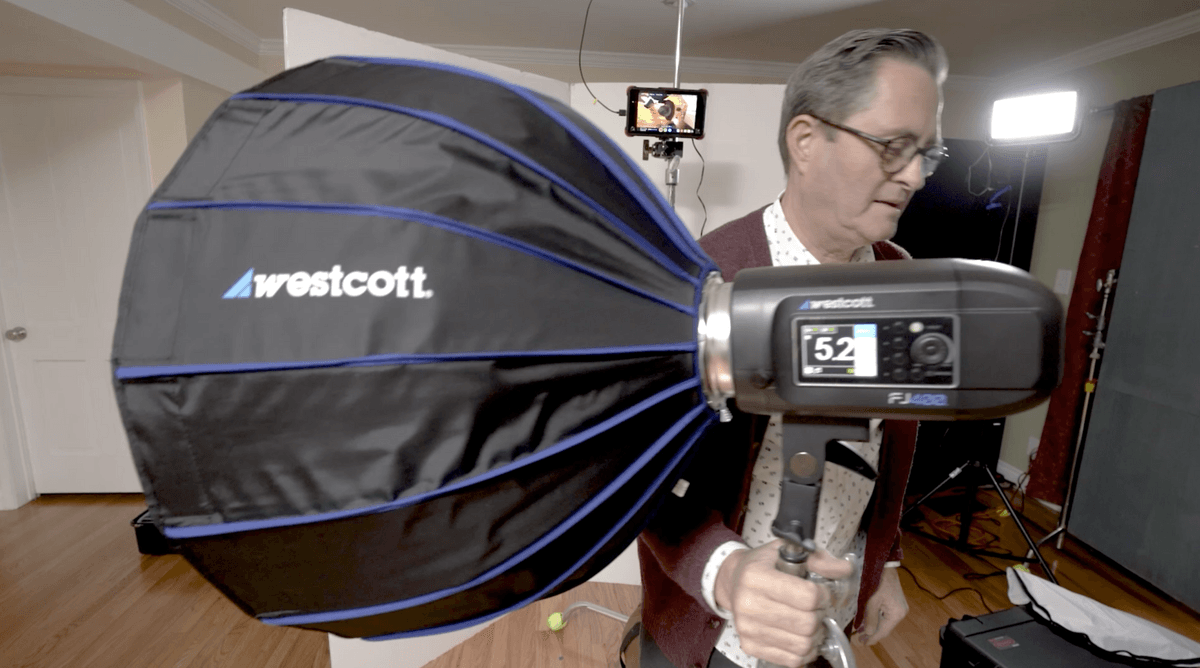Sony ZV-1 vs iPhone 11
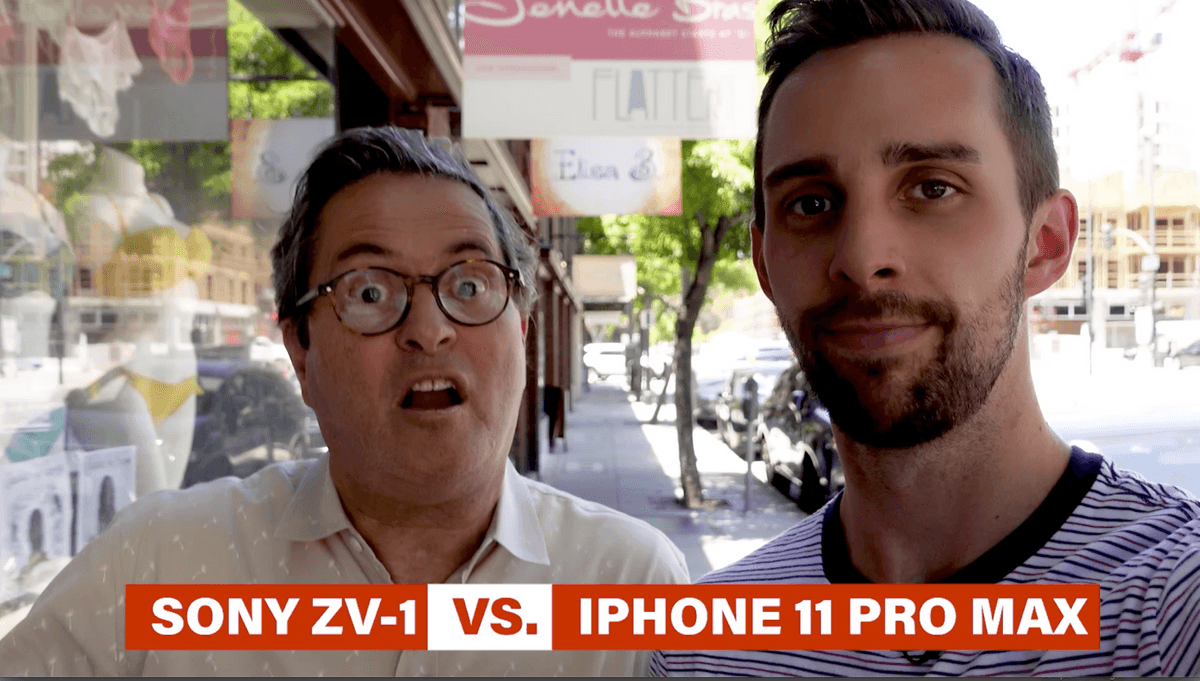
We are taking a look at the new Sony ZV-1, a great entry level vlogging camera. You know what else is a great entry level vlogging camera? The iPhone 11! Let’s take a look at these two and compare them and see which one is the best entry level vlogging camera.
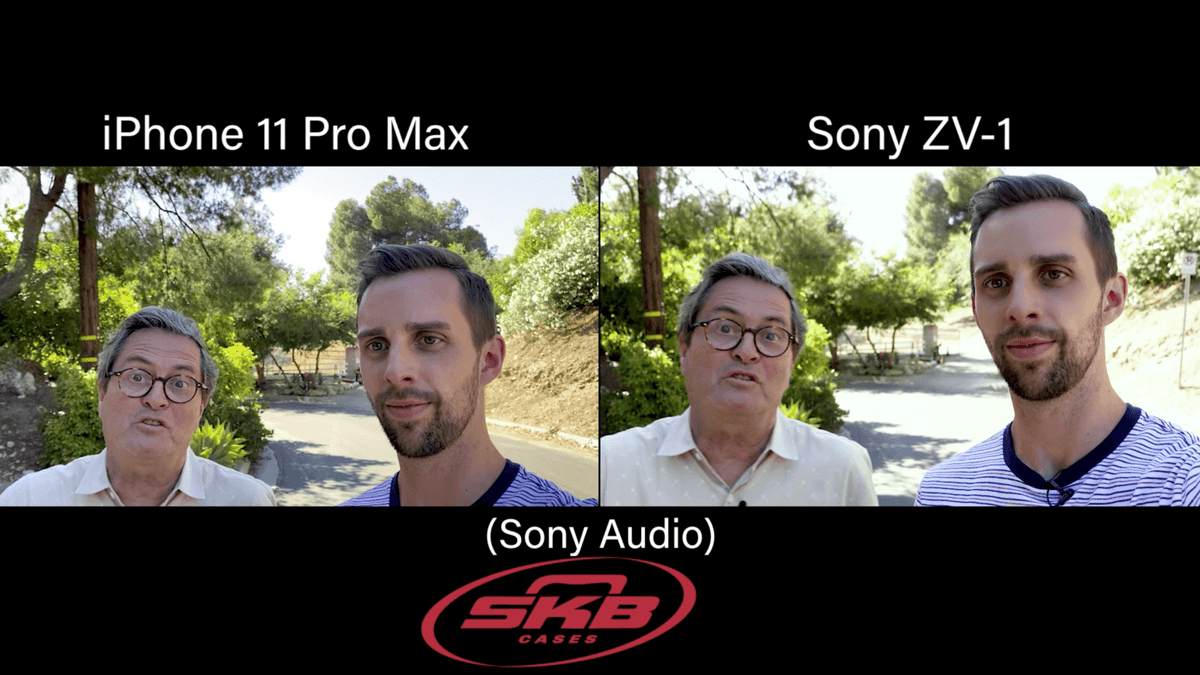 This is how we did the test. We switched back and forth between the Sony ZV-1 and the iPhone 11 comparing sound and picture. These are beginning, entry level vlogging cameras.
This is how we did the test. We switched back and forth between the Sony ZV-1 and the iPhone 11 comparing sound and picture. These are beginning, entry level vlogging cameras.
PICTURE QUALITY:
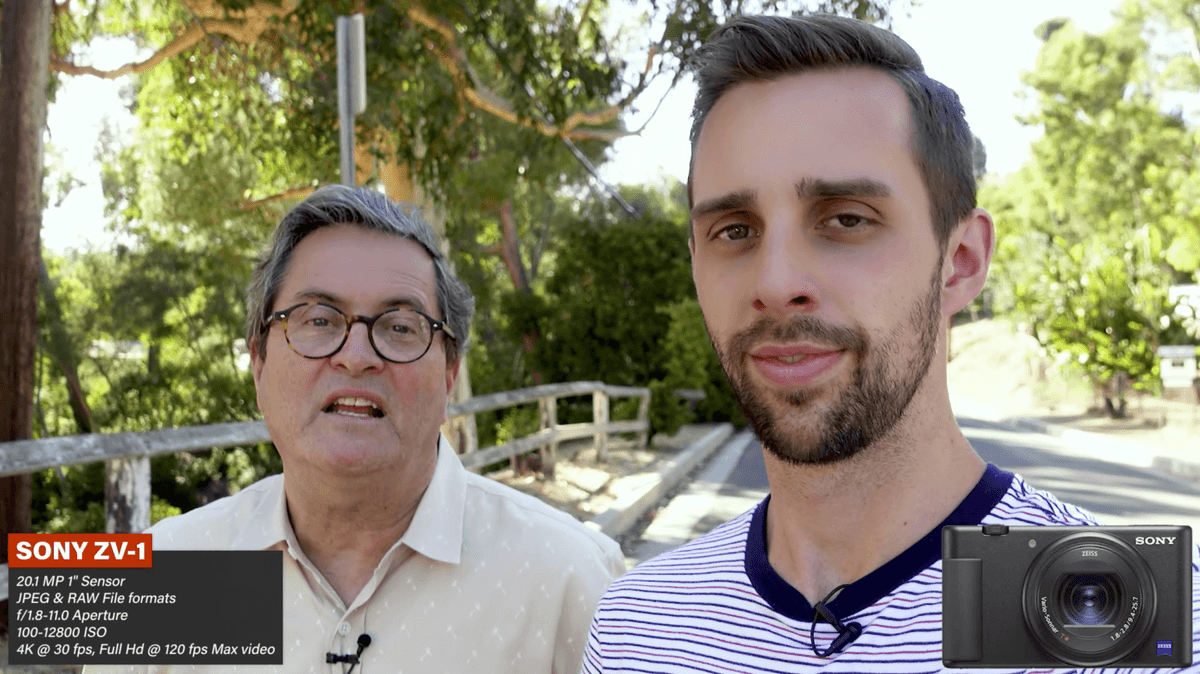 The Sony ZV-1 has great 4k recording capabilities at 60 frames a second and 120 at 1080 p. So it is made to give you 4k output. A lot of people are using this for posting on YouTube.
The Sony ZV-1 has great 4k recording capabilities at 60 frames a second and 120 at 1080 p. So it is made to give you 4k output. A lot of people are using this for posting on YouTube.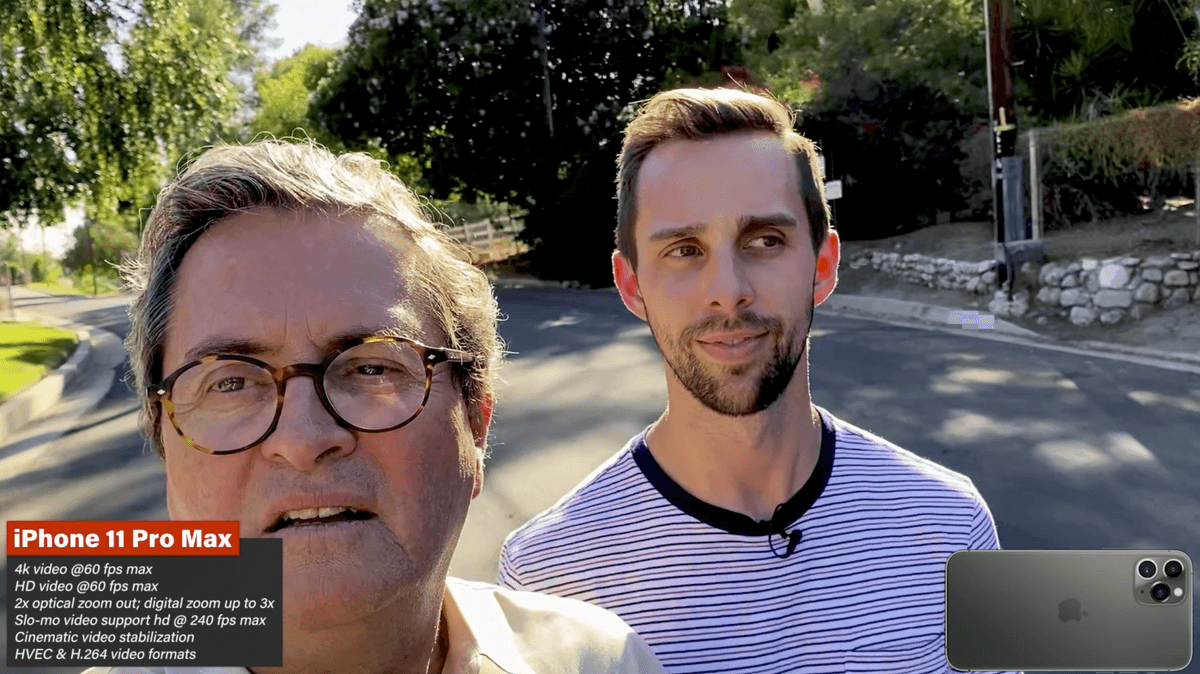
SOUND:
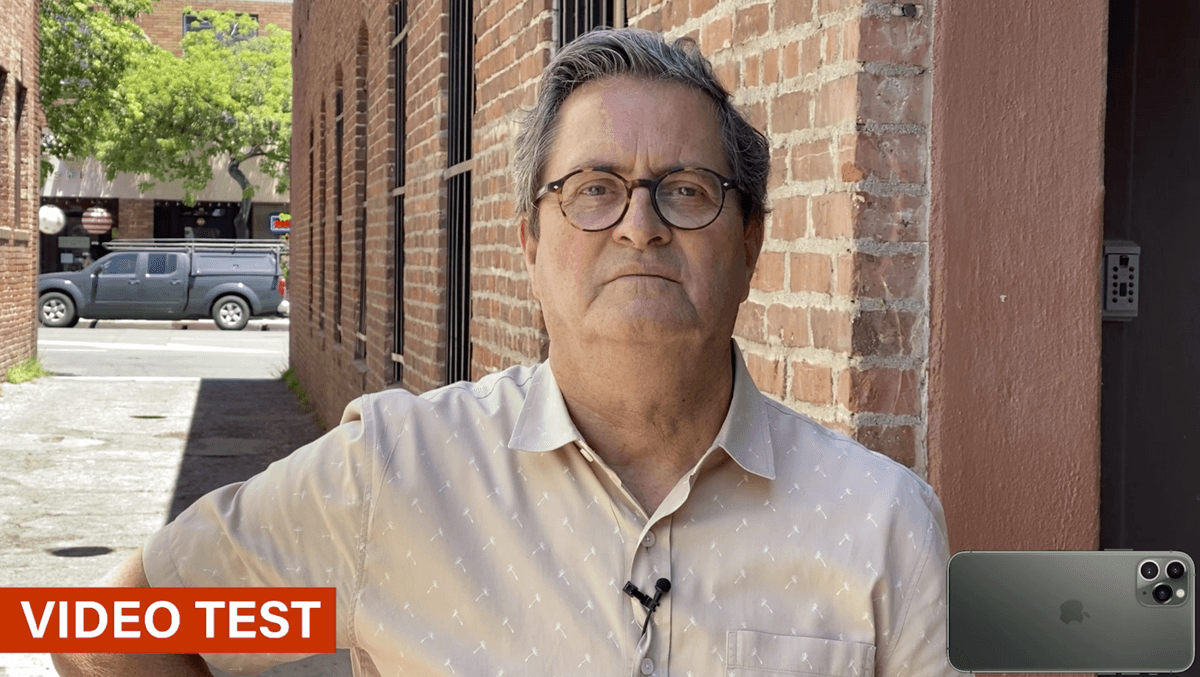 The Sony ZV-1 has a really cool microphone that is designed to capture someone who is speaking directly to the lens. We found with the iPhone the microphone is ok but it is really hard to get the sound of things directly in front of you. Most people will put some kind of mic like a Rode mic on the iPhone to be able to get better audio.
The Sony ZV-1 has a really cool microphone that is designed to capture someone who is speaking directly to the lens. We found with the iPhone the microphone is ok but it is really hard to get the sound of things directly in front of you. Most people will put some kind of mic like a Rode mic on the iPhone to be able to get better audio.
ND FILTER:
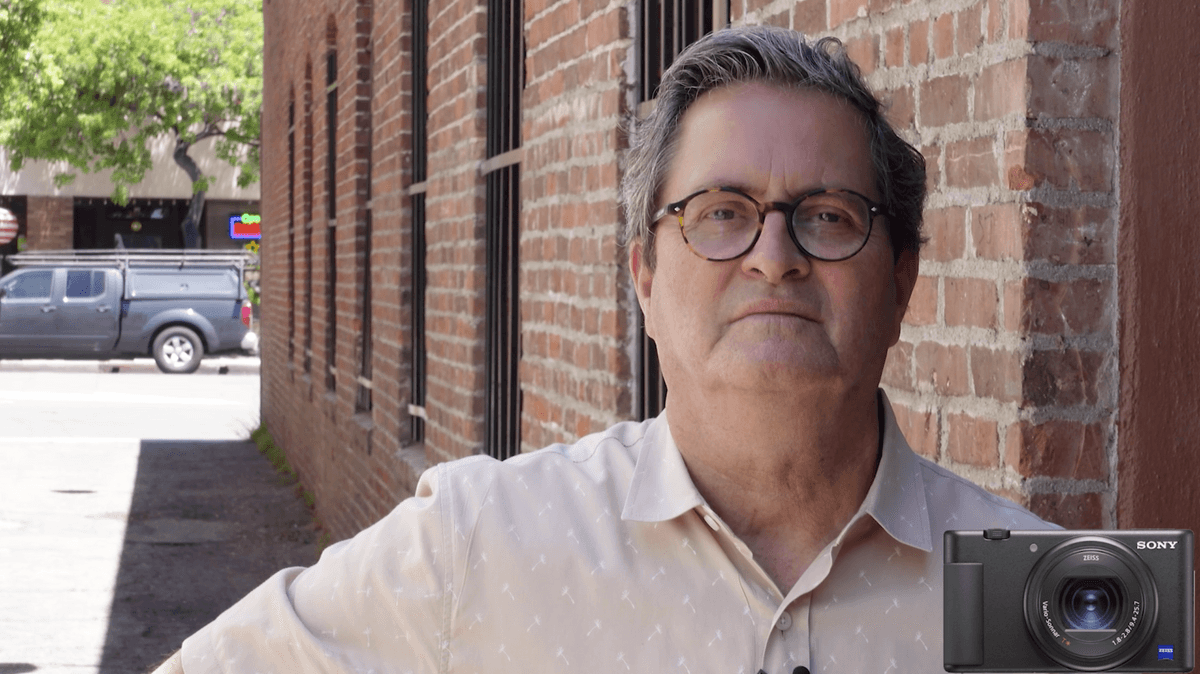 The next thing I want to mention is the ND filter. The Sony has a built in 3 stop ND filter. It really helps you, especially if you are doing video, to get more shallow depth of field when you are shooting in bright light. This is exciting because an ND filter on an electronic camera is really where things are going.
The next thing I want to mention is the ND filter. The Sony has a built in 3 stop ND filter. It really helps you, especially if you are doing video, to get more shallow depth of field when you are shooting in bright light. This is exciting because an ND filter on an electronic camera is really where things are going. 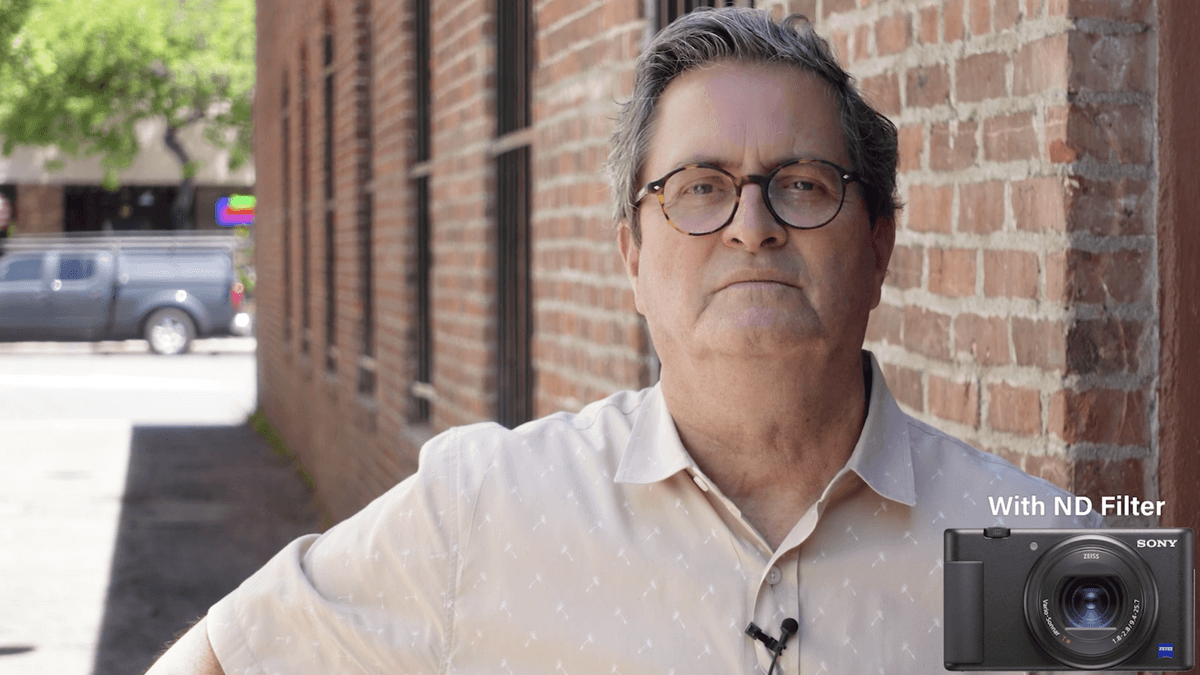 I think we will see this next generation of all Sony cameras will start to have built in ND filters. That would be very cool. It is really needed. It gives you the ability to get shallow depth of field even though we are shooting on a small camera with a one inch sensor. With a one inch sensor there is tons of depth of field and to be able to get rid of that with an ND filter is really helpful.
I think we will see this next generation of all Sony cameras will start to have built in ND filters. That would be very cool. It is really needed. It gives you the ability to get shallow depth of field even though we are shooting on a small camera with a one inch sensor. With a one inch sensor there is tons of depth of field and to be able to get rid of that with an ND filter is really helpful.
VIDEO TEST:
First we will look at the iPhone close up. The iPhone cannot use portrait mode in video. So there is a log of depth of field. The stabilization is very nice on the iPhone. When we compare that to the Sony ZV-1 we are shooting at a 1/50th of a second shutter and without ND. The stabilization looks pretty good. The depth of field is still pretty deep. The ZV-1 does have that ND so when we use that we can get a shallower depth of field. We are shooting at 70mm, so the long end of the lens. That is what it takes to get the out of focus background. There is really an advantage here over the iPhone with the internal ND filter.
FOCAL LENGTH TEST:
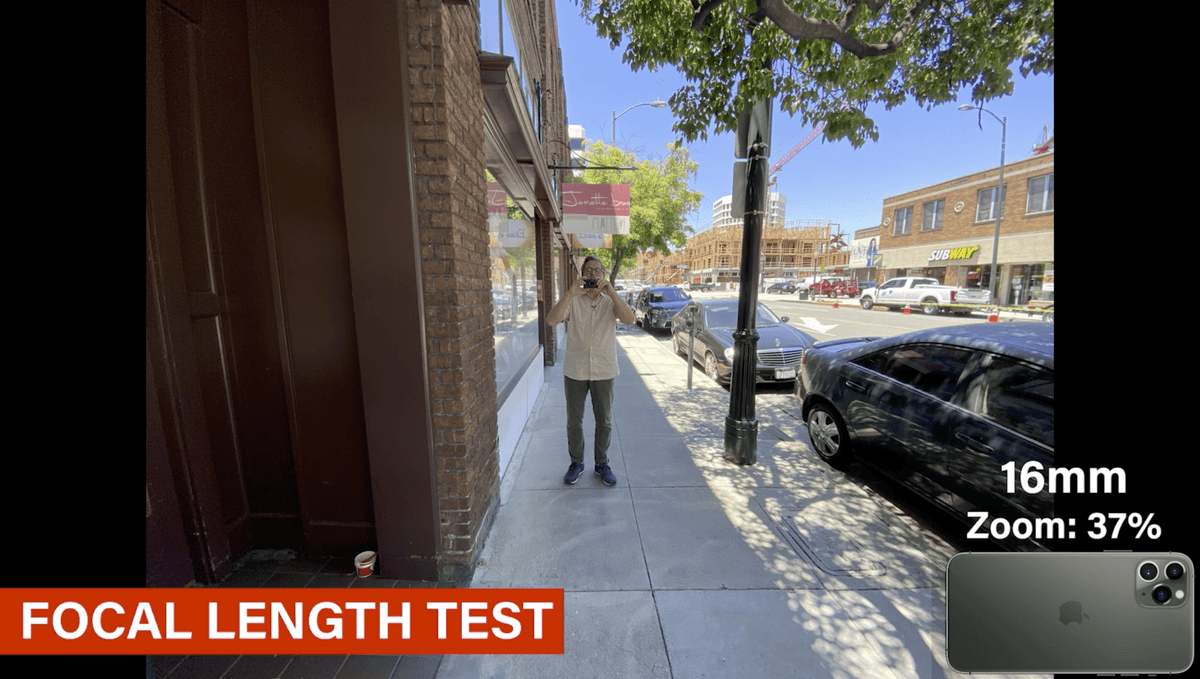 On the iPhone 11 Pro at the ultra-wide end of 16mm you can get an nice wide view.
On the iPhone 11 Pro at the ultra-wide end of 16mm you can get an nice wide view. 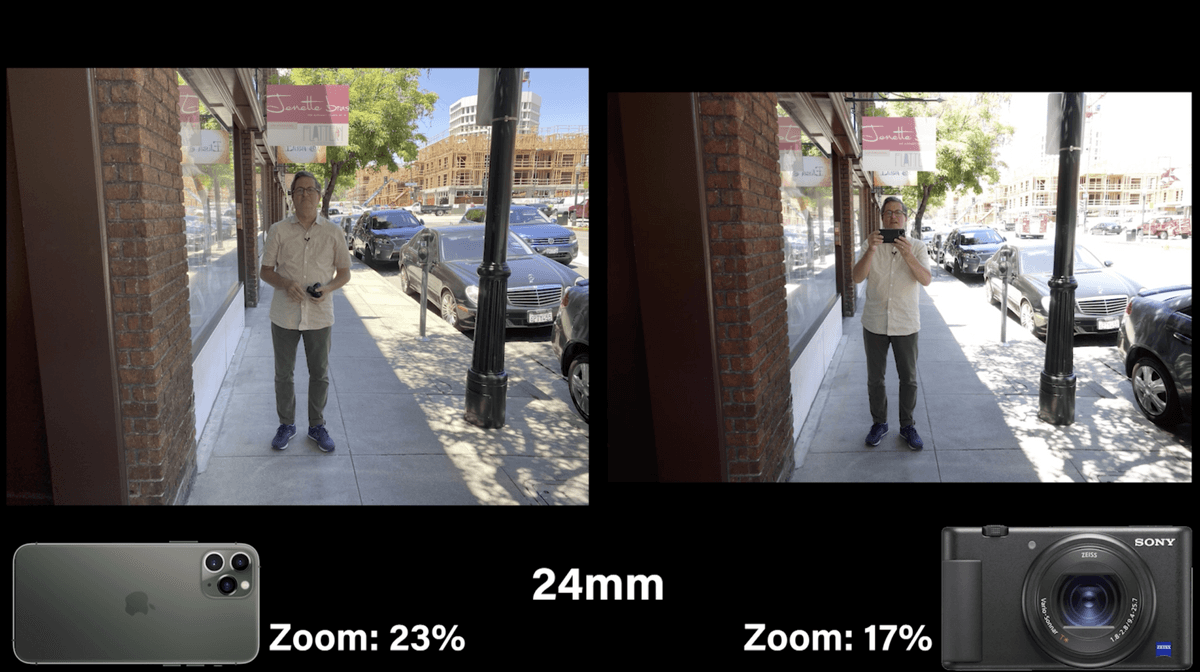 We reach the common ground with these two cameras at 24mm with the regular iPhone lens. And that is what the ZV-1 has at the wide end. They have a very similar field of view. This is the widest for the Sony. So if you are shooting ultra-wide, if you want that fish-eye look, then obviously the iPhone is the way to go. Now the ZV-1 can do 35mm which the iPhone can’t. The iPhone has set focal lengths where the ZV-1 can be adjusted.
We reach the common ground with these two cameras at 24mm with the regular iPhone lens. And that is what the ZV-1 has at the wide end. They have a very similar field of view. This is the widest for the Sony. So if you are shooting ultra-wide, if you want that fish-eye look, then obviously the iPhone is the way to go. Now the ZV-1 can do 35mm which the iPhone can’t. The iPhone has set focal lengths where the ZV-1 can be adjusted. 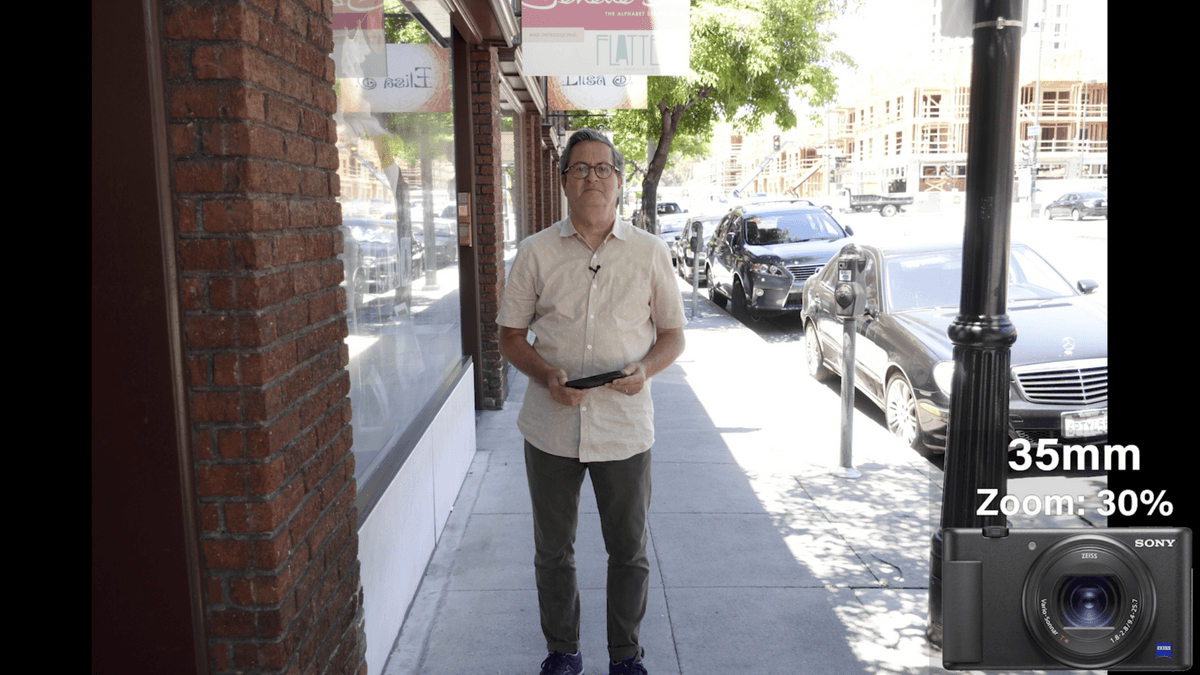
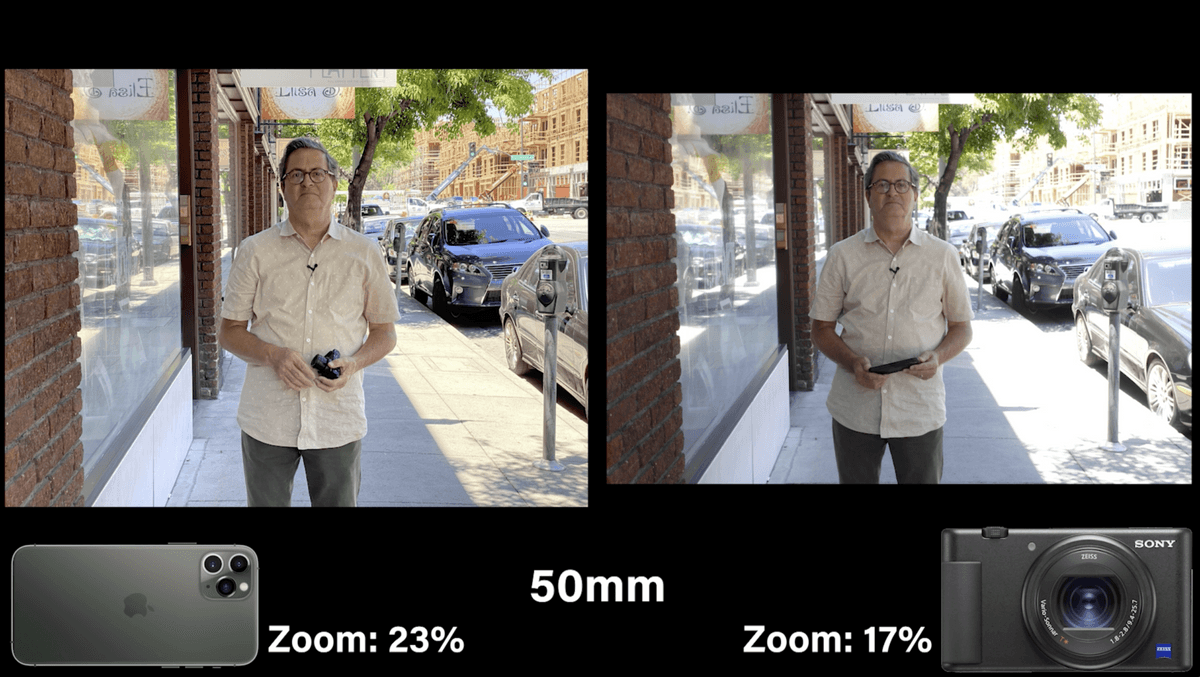 Looking at the 50mm, this is the tightest that the iPhone can get. If we blow this up the ZV-1 looks very nice with a lot of detail. If we blow up the image on the iPhone it does not look that great. Here the HDR was used and that does not help. It looks very artificial and that has a lot to do with the HDR. The Sony has a much better rendition of tonality and subtle color. The HDR comparison in the iPhone was a mistake.
Looking at the 50mm, this is the tightest that the iPhone can get. If we blow this up the ZV-1 looks very nice with a lot of detail. If we blow up the image on the iPhone it does not look that great. Here the HDR was used and that does not help. It looks very artificial and that has a lot to do with the HDR. The Sony has a much better rendition of tonality and subtle color. The HDR comparison in the iPhone was a mistake.
Then we have the 70mm with the Sony ZV-1. The iPhone does not go up to 70mm. The Sony does have more range on the long end.
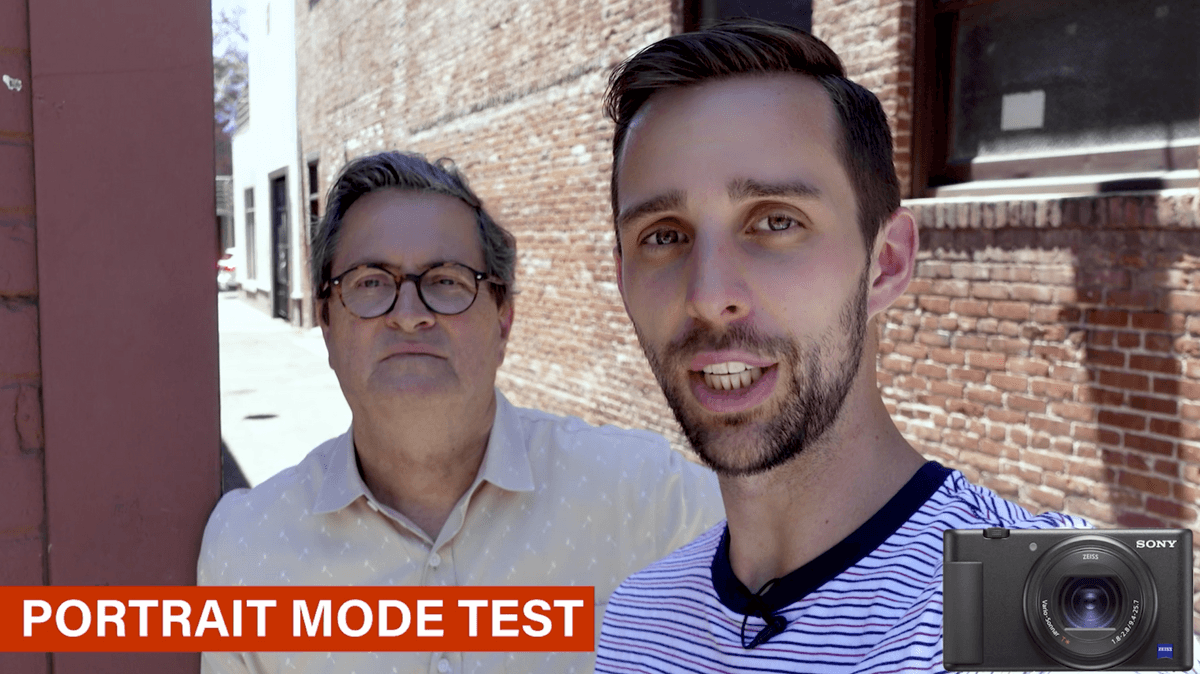 PORTRAIT MODE TEST:
PORTRAIT MODE TEST:
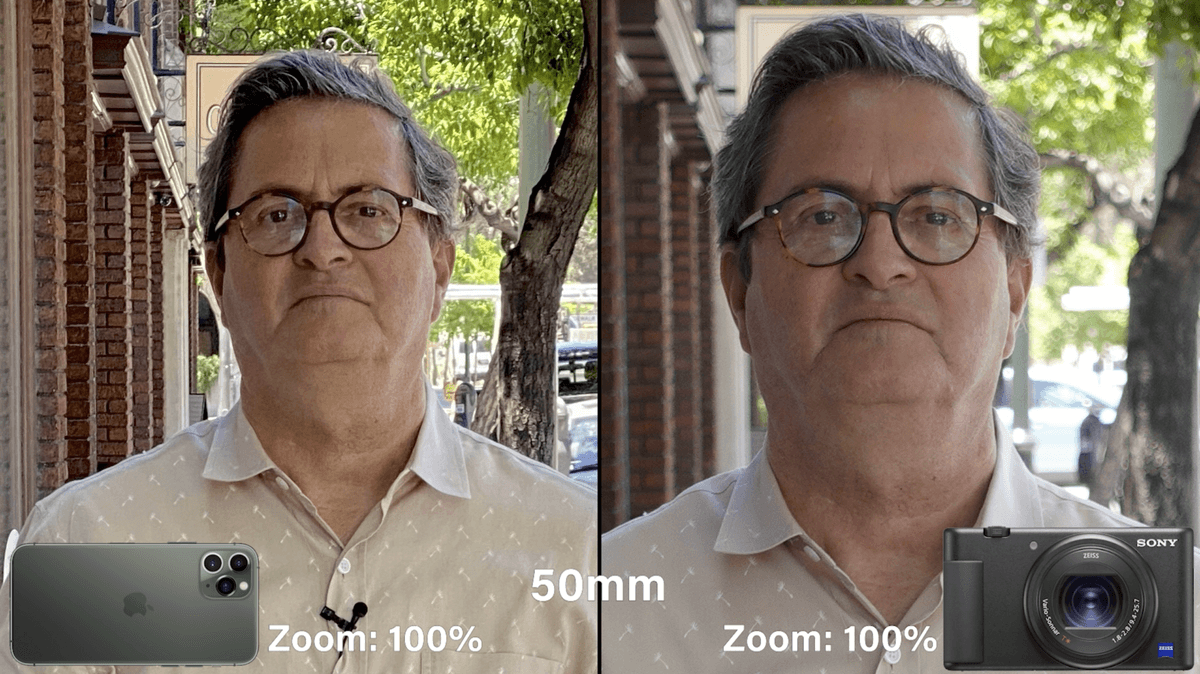 The iPhone has a pretty good computational algorithm that allows you to shoot portraits with shallow depth of field, that is artificial shallow depth of field. We want to compare the same portrait on the Sony ZV-1 using an actual telephoto lens that actually opens up to 2.8 and see how they compare.
The iPhone has a pretty good computational algorithm that allows you to shoot portraits with shallow depth of field, that is artificial shallow depth of field. We want to compare the same portrait on the Sony ZV-1 using an actual telephoto lens that actually opens up to 2.8 and see how they compare.
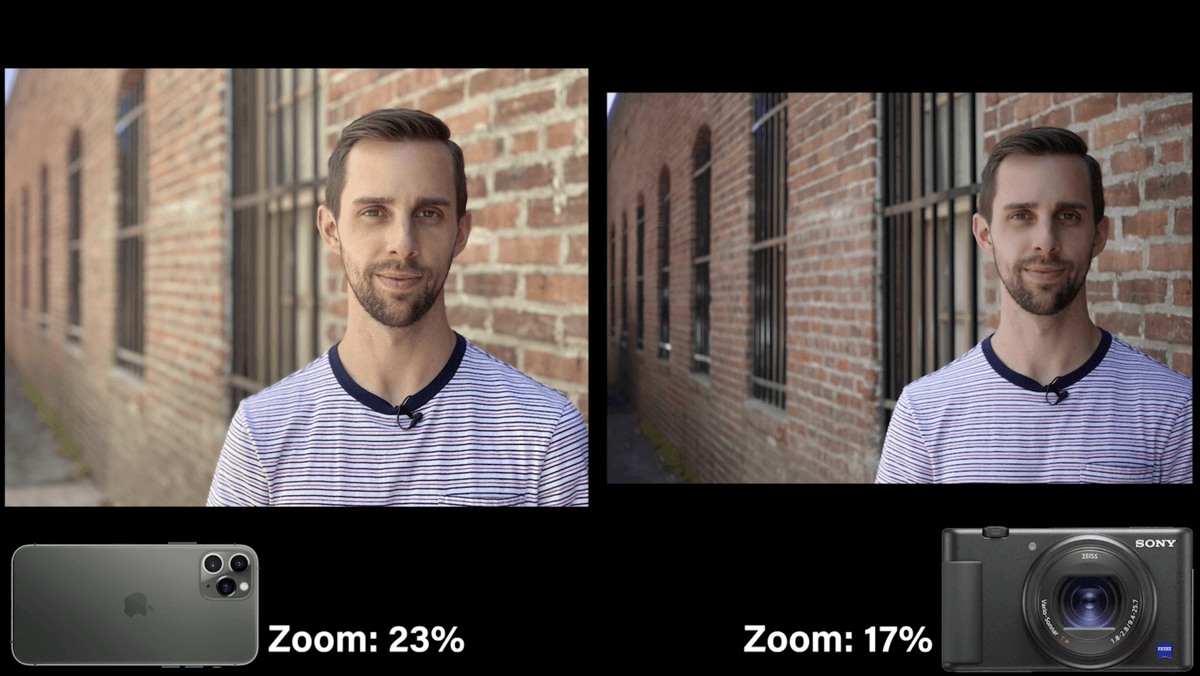 Here we have a portrait that we have taken. We are on portrait mode on the iPhone. And we have zoomed all the way up to 70mm on the ZV-1. We are shooting wide open. The iPhone has a shallower depth of field. It is also artificial, but does that make a difference? It really doesn’t unless the mask would happen to be bad around the head. The Sony has a little more subtle tonality. It looks more like a real camera. We could make a lot of adjustments in terms of color with the Sony.
Here we have a portrait that we have taken. We are on portrait mode on the iPhone. And we have zoomed all the way up to 70mm on the ZV-1. We are shooting wide open. The iPhone has a shallower depth of field. It is also artificial, but does that make a difference? It really doesn’t unless the mask would happen to be bad around the head. The Sony has a little more subtle tonality. It looks more like a real camera. We could make a lot of adjustments in terms of color with the Sony. 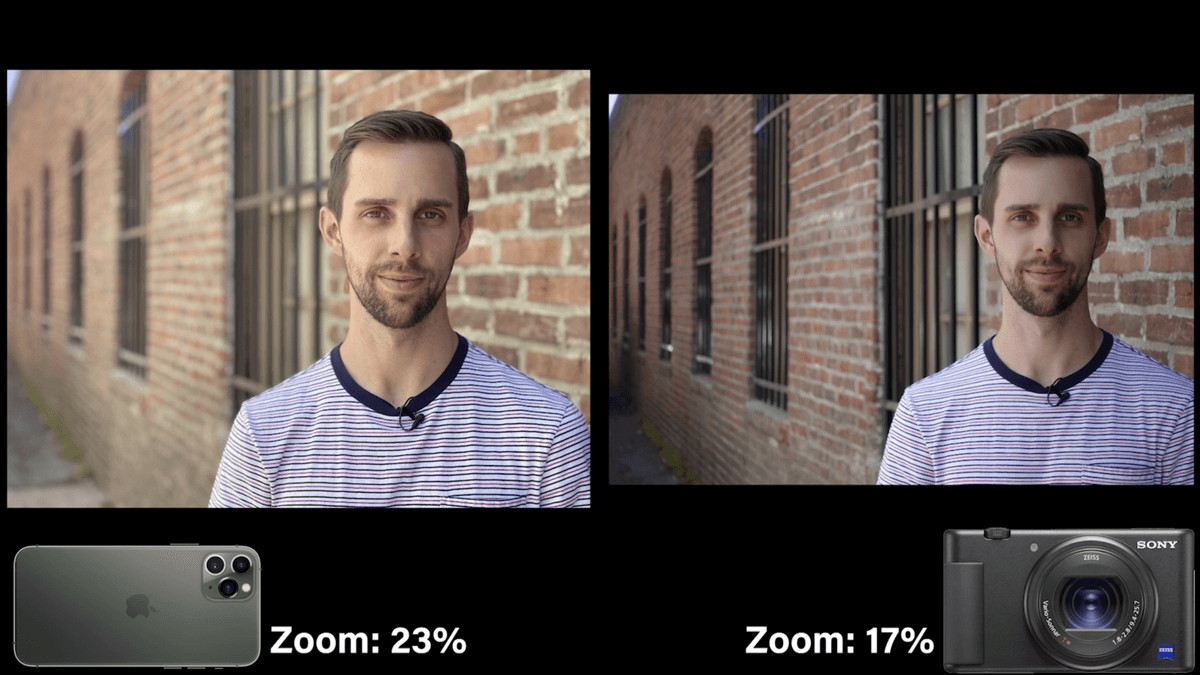 The iPhone is really high contrast. But the iPhone does take a pretty good portrait, they are pretty comparable. The iPhone depth of field looks very nice. The ZV-1 looks more like a camera image and not so artificial like the iPhone. The color on the iPhone is not good. It is so orange. The Sony is not amazing but it is at least more neutral and a better color rendition of the scene.
The iPhone is really high contrast. But the iPhone does take a pretty good portrait, they are pretty comparable. The iPhone depth of field looks very nice. The ZV-1 looks more like a camera image and not so artificial like the iPhone. The color on the iPhone is not good. It is so orange. The Sony is not amazing but it is at least more neutral and a better color rendition of the scene.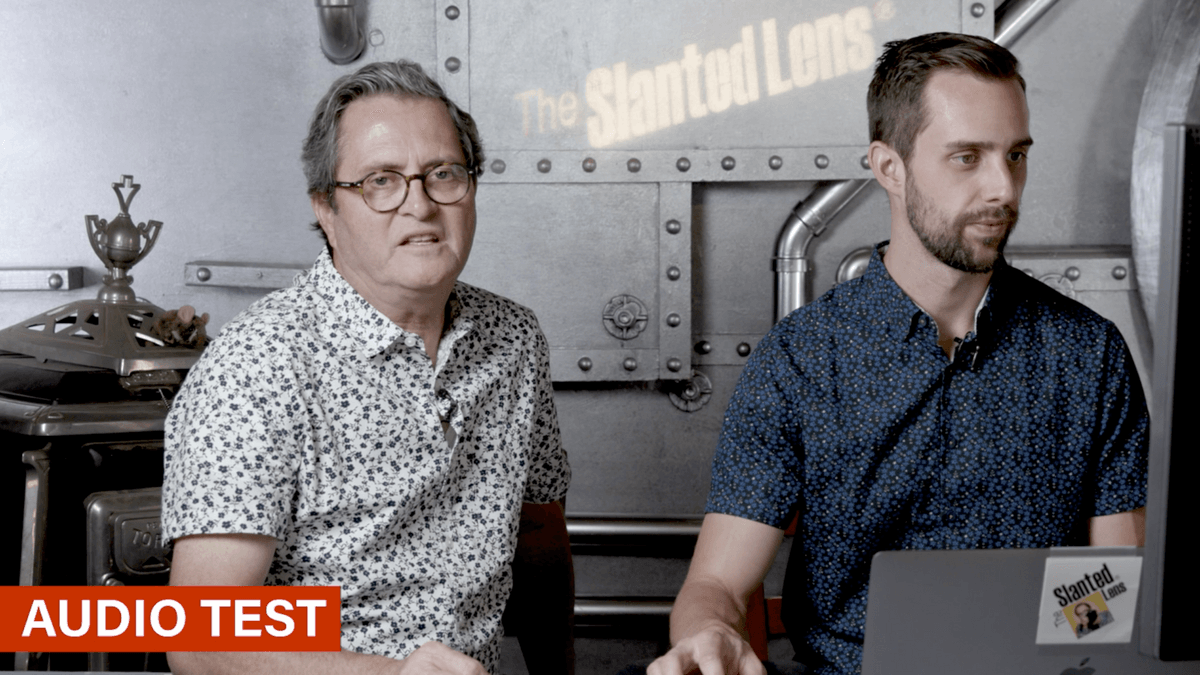
AUDIO TEST:
Audio is a big thing. The ZV-1 is supposed to have a great audio that is focused more like a shotgun mic on you in front of the camera. The iPhone is more omni-directional. Most people who use their iPhone very much for video will put a little Rode VideoMic on there to get it more directional. Let’s see how they compare.
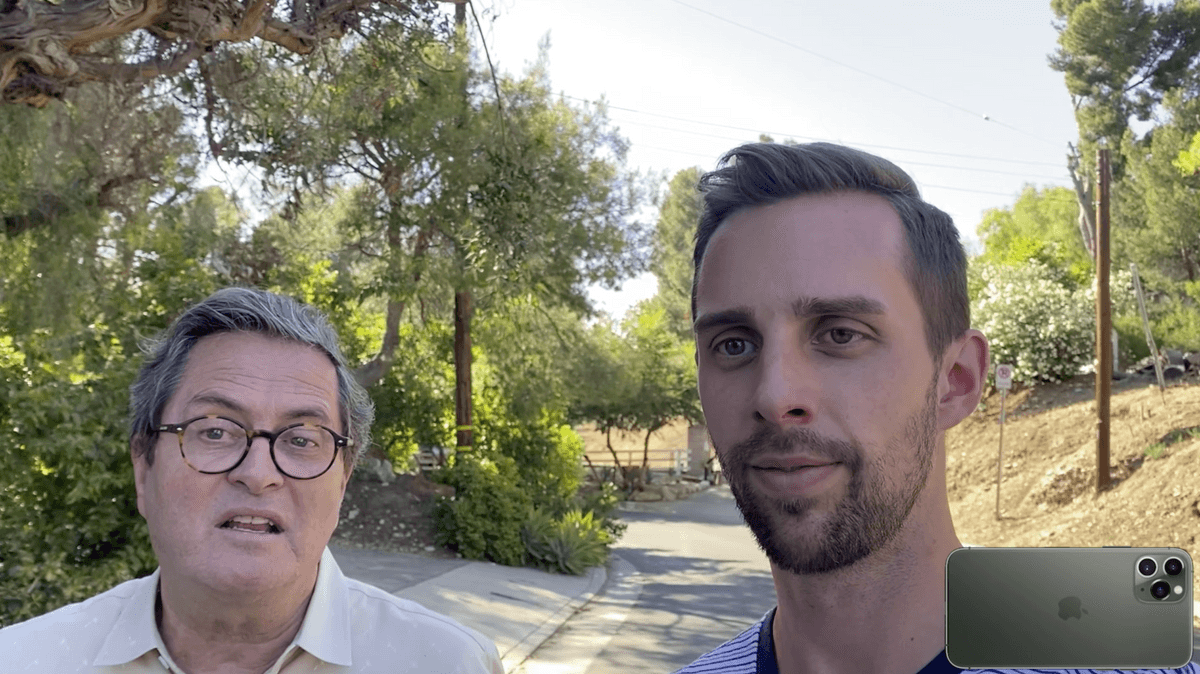 With the iPhone you cannot see what you are getting unless you use the back facing camera which is not good. Looking at it we have no idea if it is recording. The iPhone actually sounds better than we expected. We are talking very close to it so that helps. If you are very far away at all with the iPhone from your subject it is really hard to hear what they are saying.
With the iPhone you cannot see what you are getting unless you use the back facing camera which is not good. Looking at it we have no idea if it is recording. The iPhone actually sounds better than we expected. We are talking very close to it so that helps. If you are very far away at all with the iPhone from your subject it is really hard to hear what they are saying.
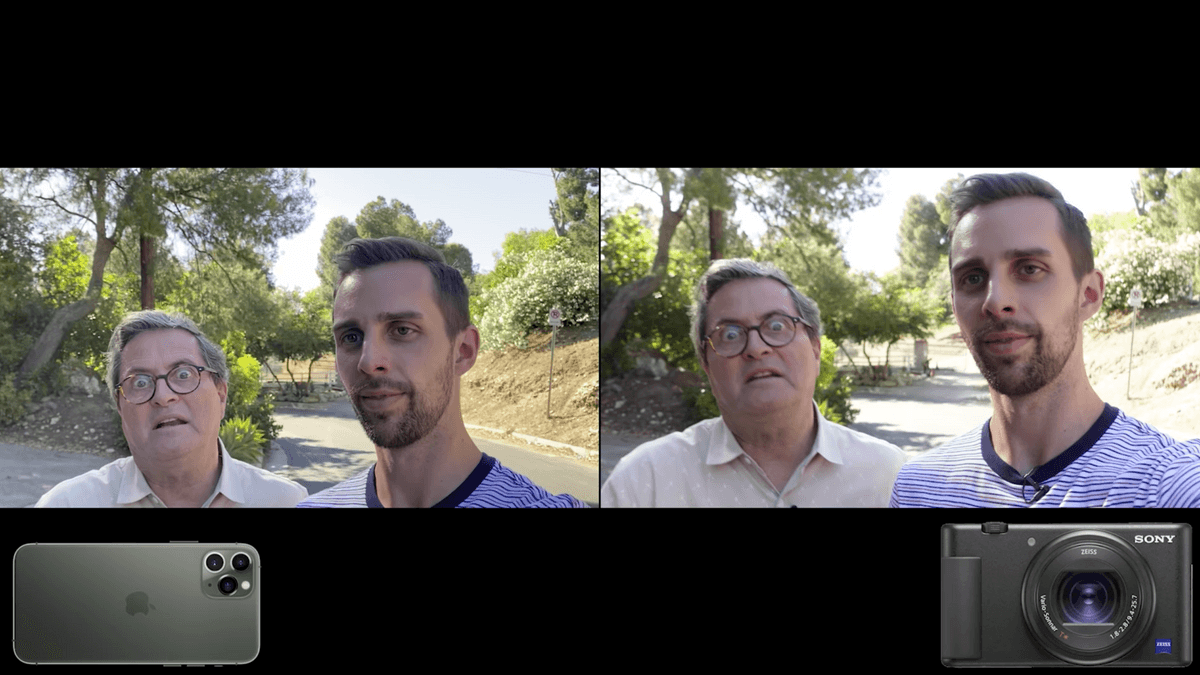 With the Sony ZV-1 we really like the articulating screen. It is super helpful to know just what you are getting. The sound is a little compacted. It seems a little suppressed like there is no high end. It has a kind of dampened sound. We are very close to the camera, which is what it is intended for. The sound between the iPhone 11 and the Sony ZV-1 is similar. The iPhone does have a lower range. The Sony seems to have gotten rid of the low end base. There is more base to the iPhone and you can hear that a little bit in the wind coming through.
With the Sony ZV-1 we really like the articulating screen. It is super helpful to know just what you are getting. The sound is a little compacted. It seems a little suppressed like there is no high end. It has a kind of dampened sound. We are very close to the camera, which is what it is intended for. The sound between the iPhone 11 and the Sony ZV-1 is similar. The iPhone does have a lower range. The Sony seems to have gotten rid of the low end base. There is more base to the iPhone and you can hear that a little bit in the wind coming through.
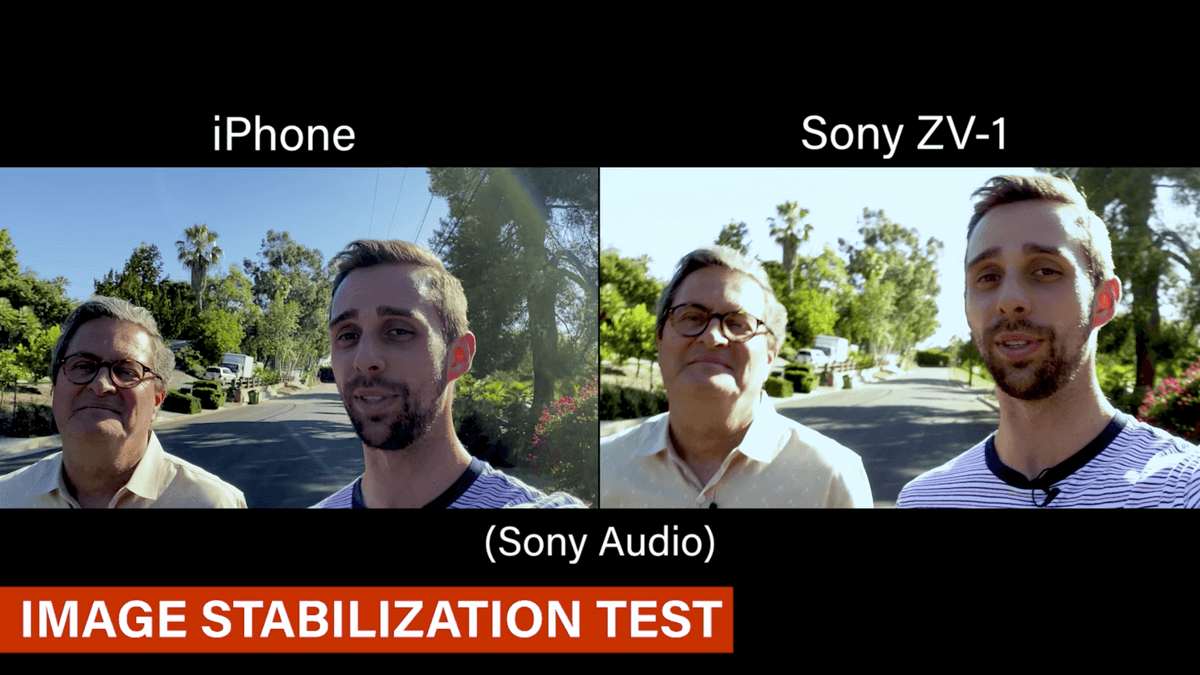
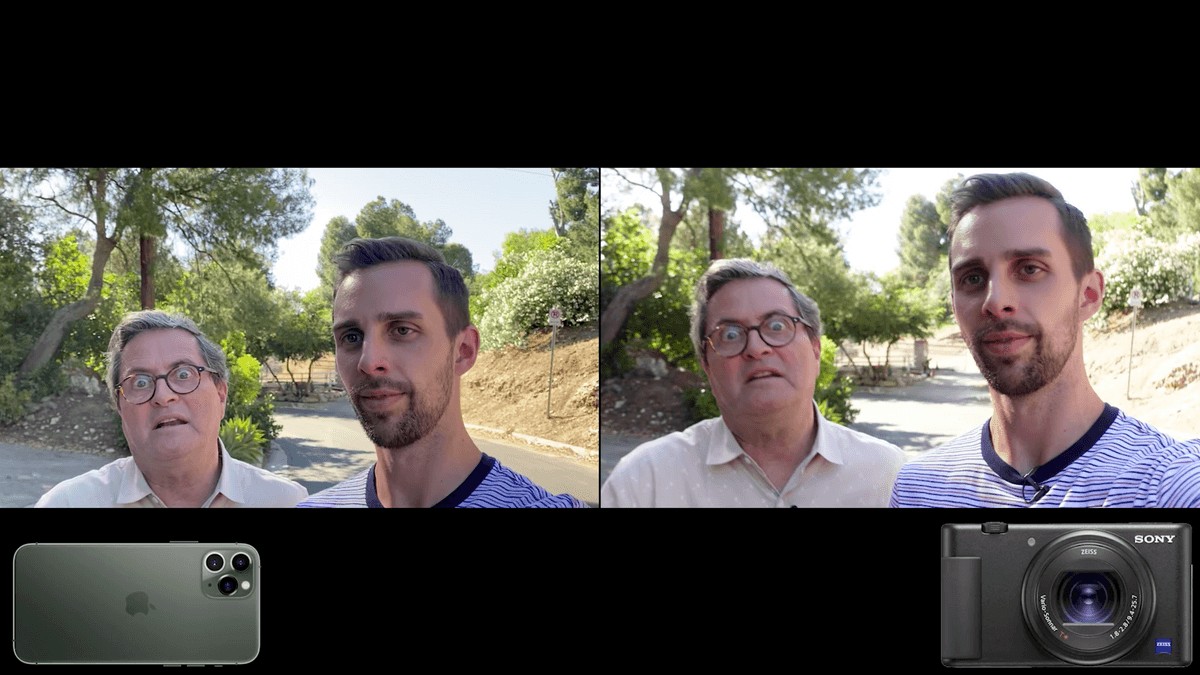 IMAGE STABILIZATION TEST:
IMAGE STABILIZATION TEST:
The image stabilization on the iPhone is legendary. It is almost Steadicam status. The Sony does have 5 axis stabilization and we can see how it is trying to compensate. The Sony is a bit shaky. The iPhone stabilization is amazing. The downside with the iPhone is the shutter is jittery. But the stabilization is incredible. With the ZV-1 you see the jitteriness more and you can see the bounce of every step that we take. The phone is much better for stabilization.
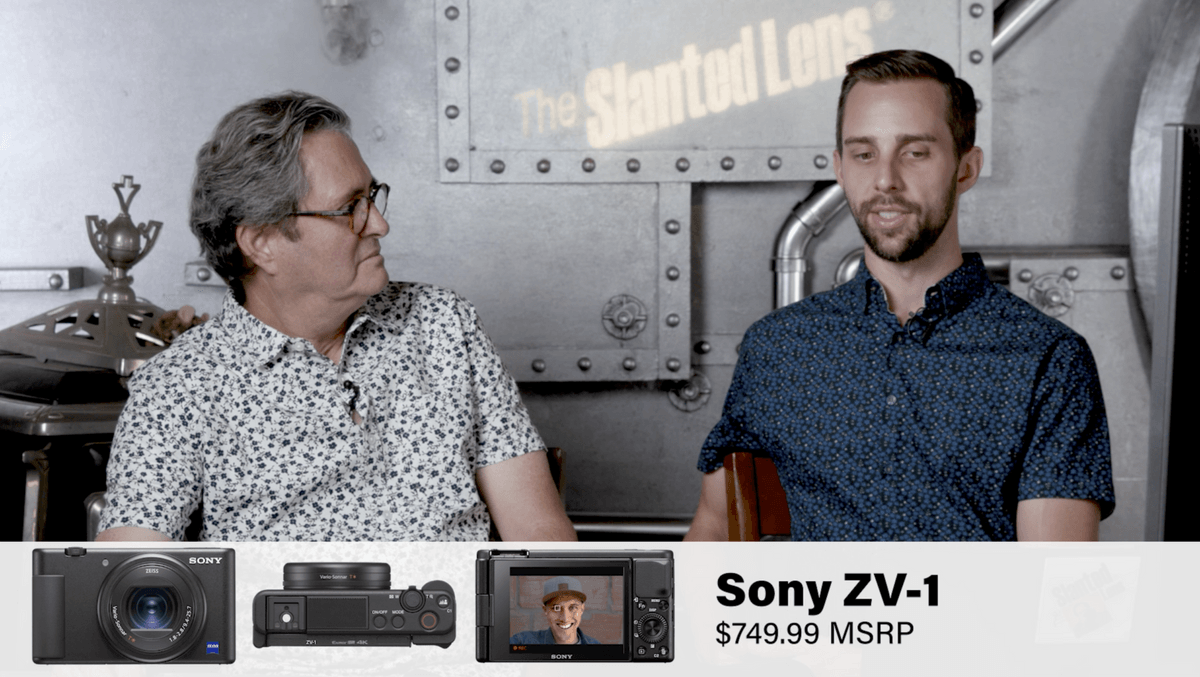 So who is this camera for? Right now with the protests going on a lot of people are documenting this and making a lot of videos. In that circumstance a tool like the Sony ZV-1 is really helpful because you can zoom in from a distance. You can get a real 24-70 range out of the lens. The Sony has that built in ND which is really great and helpful for video especially. If I was a young vlogger and I was just starting out and I wanted something to haul around with me I think the Sony ZV-1 is a great option. Especially if you are just starting out and you don’t have a lot of money. It is a really small lightweight solution. That flip out screen and a lot of the features really do make it a plug and play option. You don’t have to fiddle around with much. It is a great offering from Sony. I love the fact that they are thinking like this and wanting to solve that hole in the market for beginning vloggers. I would check it out.
So who is this camera for? Right now with the protests going on a lot of people are documenting this and making a lot of videos. In that circumstance a tool like the Sony ZV-1 is really helpful because you can zoom in from a distance. You can get a real 24-70 range out of the lens. The Sony has that built in ND which is really great and helpful for video especially. If I was a young vlogger and I was just starting out and I wanted something to haul around with me I think the Sony ZV-1 is a great option. Especially if you are just starting out and you don’t have a lot of money. It is a really small lightweight solution. That flip out screen and a lot of the features really do make it a plug and play option. You don’t have to fiddle around with much. It is a great offering from Sony. I love the fact that they are thinking like this and wanting to solve that hole in the market for beginning vloggers. I would check it out.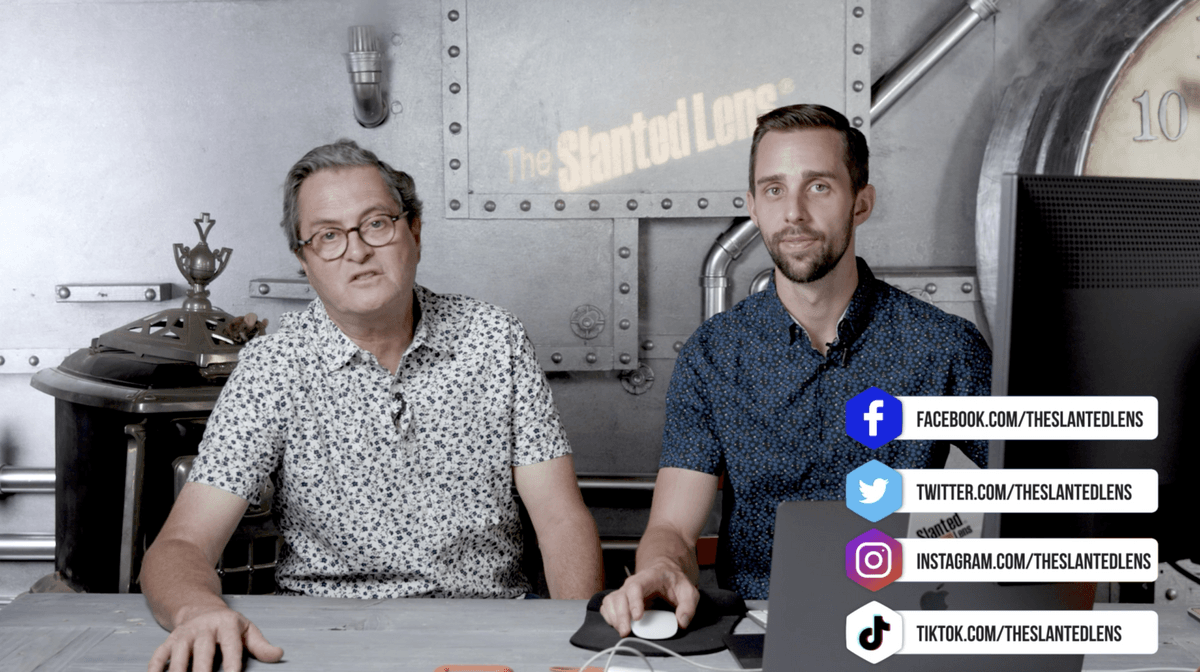
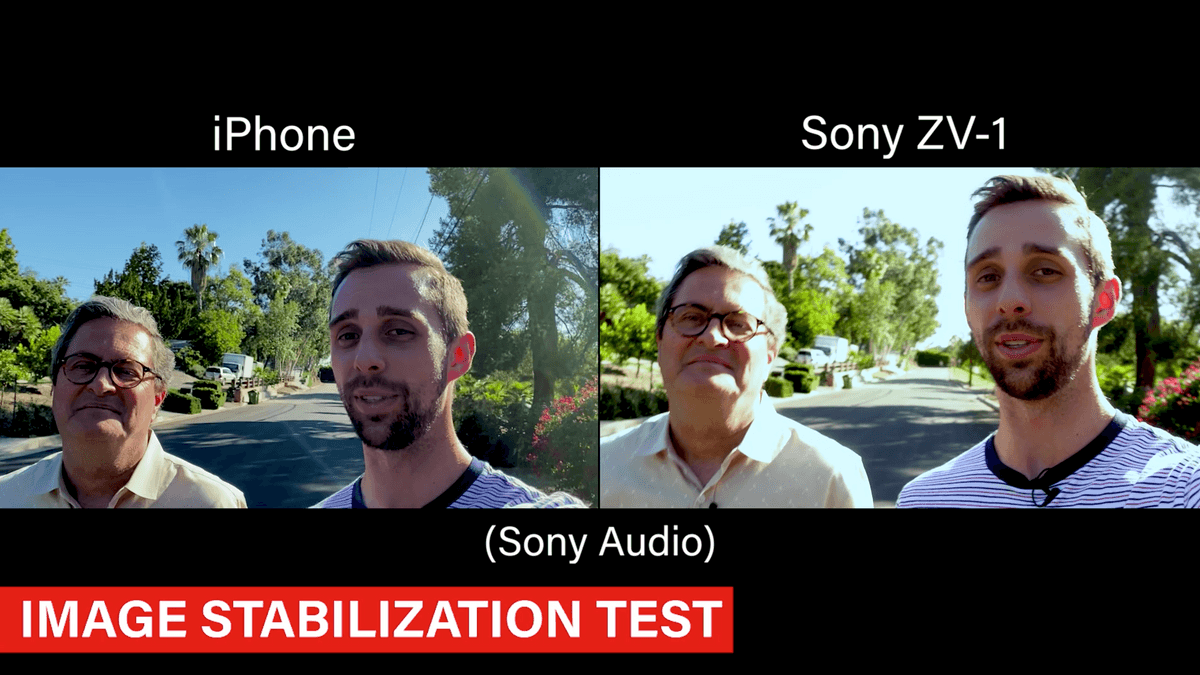 Take a look at this video on YouTube and leave us some comments. Let us know what you think of this review. We would love to hear from you. And subscribe to our channel on YouTube. We need your support.
Take a look at this video on YouTube and leave us some comments. Let us know what you think of this review. We would love to hear from you. And subscribe to our channel on YouTube. We need your support.
Keep those cameras rollin’ and keep on clickin’.
Take a look at the Westcott strobe lighting equipment.